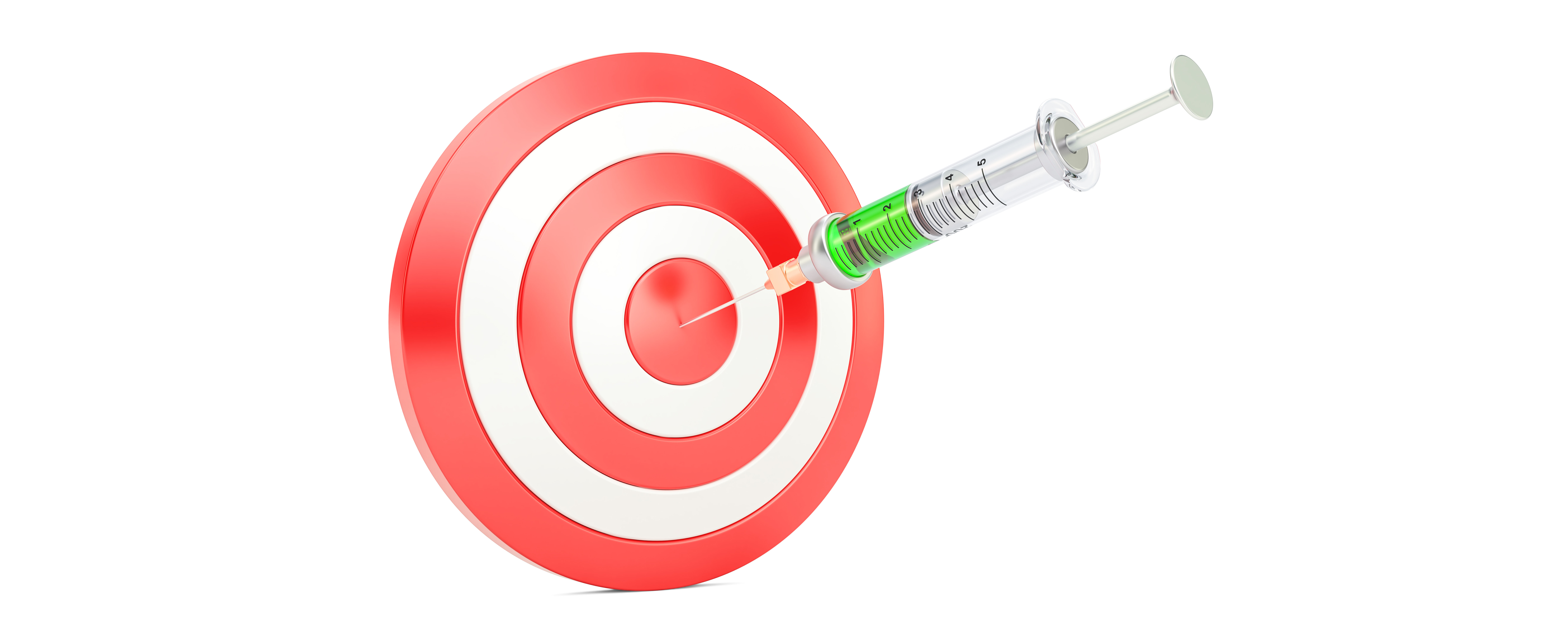In days gone by the plight of receiving the news of a devastating diagnosis was something we didn’t speak about. In many respects it was hush, hush and internalized. The same occurred when batteries of costly tests, often for years, failed to get to the bottom of a set of debilitating symptoms. “I wish I knew what is wrong with me.”
Today, with the Internet of Things and social networks, the behavior associated with disease has markedly changed. Whether it’s a known diagnosis or the perplexing problem of the misdiagnosis, we aren’t so stealth about our health anymore. We search prolifically for answers—including searching for others that may have the same issues.
When we discover others with similar needs or plights we find immediate affinity. Disease communities, particularly rare disease communities and those with devastating diagnoses, tend to self aggregate and cluster together rapidly. This behavior is called Homophily and is defined as the tendency of individuals to associate and bond with others who are similar to them. The presence of homophily has been discovered and observed in a vast array of network studies.
Social networks and disease forums are natural gathering places to share and discover information that may be directive before and after the interaction with a healthcare professional (HCP). Indeed HCPs also have social networks that they subscribe to for the same reasons.
Observing or listening to these communities we often see or hear, “Has anyone tried this?” or “Has anyone got information on XX treatment” or “Does anyone in Tucson know of a good doctor for this?” Because of the Internet and social networks we can easily find others willing to share and support each other.
An Example of Social Homophily
The result of this social homophily is often very detailed and explicit:
I just found out that I might have Cushing’s (syndrome). I had 2 pituitary tumors removed on March 13th 1998. They were prolactin secreting. I kept up on my after care for about a year then I ignored it for 14 years. Now I am in trouble and I am having a really hard time knowing what doctors to trust. Do you know anything about Cushing’s being diagnosed years after having pituitary tumors removed? Very frightened here. I don’t want to have to go through another surgery. I go to an endo on the 20th. She isn’t just an endo though. How do you know which endo to go to? I am stressing! Please help!
(Posted on Cushing’s Connection, June 6, 2013)
And there are very clear pleas for help, direction and assistance. The question below was posted on the same open community for Cushing’s Syndrome in June 2013 and received 13 comments and responses:
Q: How long can a person have Cushing’s and it go undiagnosed? (June 5, 2013)
R: Some people go years just because dr’s are not very aware of it. It took over 3 years for me and by then a lot of damage was done and both adrenal glands had to be removed. It is a miserable disease that does not get the recognition it deserves and treatments are still lacking. (July 19, 2013)
R: I’m trying to get diagnosed – I had a buffalo hump and symptoms when I was 16. I’m 33 now. (March 24, 2014)
R: I started getting the symptoms in 1997 and finally got diagnosed in 2004. (August 25, 2014)
As demonstrated by the timeline of these posts the information survives on the Internet and in the social networks for long periods of time. This raises the risk of misinformation. The responses or experiences of others may not in fact be appropriate, accurate or relevant at all.
The Industry’s Responsibility to Respond
For the industry, this social homophily offers both opportunity and obligation. The need to correct misinformation, particularly as it relates to drug-related discussions, is now an obligation. The FDA recently provided clear guidance to the industry on this issue. The opportunity is to provide credible and compliant information.
The opportunity for industry to participate seems obvious but it is not so simple. Industry may not necessarily be welcome and is often mistrusted given our reasons for being there. Let’s face it, we don’t suffer and therefore we are not similar in the true sense.
Participating strategically requires an appreciation of the network effects that are associated with homophilous groups. The first is the Contagion effect, also known as social influence. The second is the Diffusion effect, the capacity to drive information or action across the critical mass.
Contagion and Diffusion together drive similar people to form associations with each other. People who have formed associations influence each other so that they become similar. People in a shared environment are influenced by that environment, so that people in it are or become alike. (Examples of this last process include a neighborhood with many fast food restaurants that cause people who live there to become obese, a university that attracts people with the same level of education, and a church that brings together people with similar religious beliefs.) These phenomena were more fully described in a paper published in July 2014 (Chesney, Thomas and Fire, Michael. Diffusion Through Networks of Heterogeneous Nodes in a Population Characterized by Homophily. (July 14, 2014). Nottingham University Business School Research Paper No. 2014-05. Available at SSRN: http://ssrn.com/abstract=2465899).
This science is still evolving but it is clear that our ability to influence and cause the spread of authentic, credible and compliant information online is an opportunity.
In summary, consumers are online searching for, discussing and sharing healthcare experiences across communities that self aggregate around similar experiences and needs. The industry has both moral and regulatory obligations to participate in these communities. The opportunity to have positive impacts and participation is not straightforward and requires deeper appreciation of network effects within these communities.





